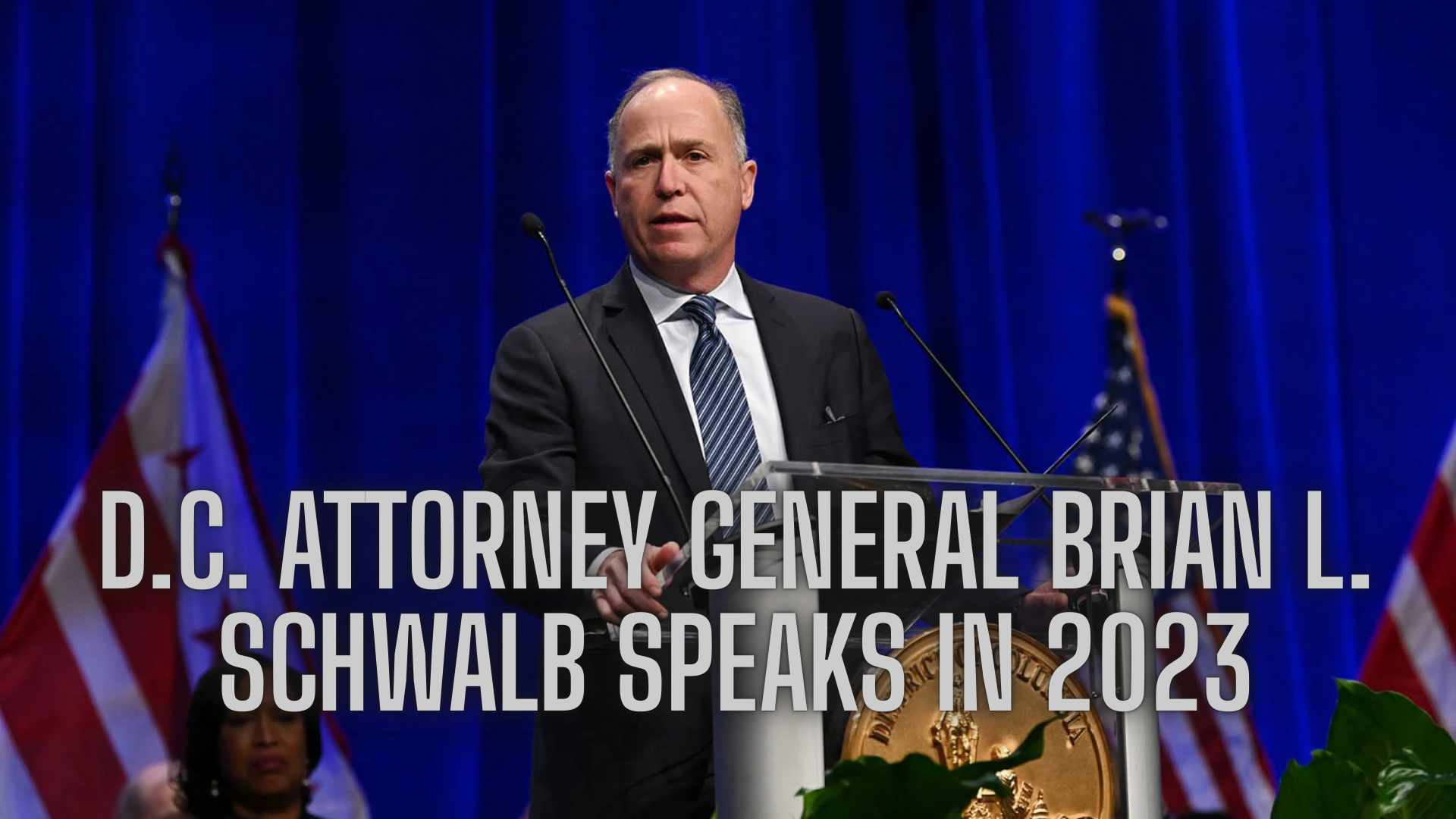A Startup’s Mission to Make Rain Sparks Online Firestorm After Texas Floods
When Augustus Doricko launched his cloud-seeding startup, Rainmaker, in 2023, he knew public skepticism would follow. But he never imagined the wave of online backlash he’d face after catastrophic floods swept through Texas in July 2025, leaving over 100 dead and many more missing.
“It has been nonstop pandemonium,” Doricko said in a phone interview on Wednesday.
Rainmaker has suddenly found itself at the center of a social media storm, with conspiracy theorists — including prominent figures like Rep. Marjorie Taylor Greene and former Trump adviser Michael Flynn — alleging that the floods were the result of human interference through cloud seeding.
What Is Cloud Seeding?
Cloud seeding is a process where planes disperse particles, typically silver iodide, into clouds to stimulate precipitation. The technology has existed since the 1940s, and while it has shown promise in marginally increasing rainfall or snowfall, it remains limited in scope and effectiveness.
According to atmospheric scientists, cloud seeding cannot produce extreme weather events like the 15 inches of rain that inundated Kerr County over the Fourth of July weekend.
“The amount of energy involved in making storms like that is astronomical compared to anything you can do with cloud seeding,” said Bob Rauber, emeritus atmospheric science professor at the University of Illinois Urbana-Champaign.
The Timeline: Coincidence Becomes Conspiracy Fuel
On July 2, Rainmaker conducted a 20-minute cloud-seeding operation over Runge, Texas, more than 100 miles away from Kerr County. The mission produced a modest drizzle — less than half a centimeter of rain. The next day, Doricko’s team halted all seeding operations after identifying an approaching storm front.
By July 4, the remnants of Tropical Storm Barry had unleashed historic rainfall across Kerr County. But the proximity of Rainmaker’s operation to the flood — both geographically and chronologically — led conspiracy theorists to connect the dots, however falsely.
Documents showing Rainmaker’s registration with the Texas weather modification program began circulating online. Soon, posts accusing the company of triggering the disaster began to flood social media platforms.
“I’d love to see the response,” Flynn posted on X. Greene went further, vowing to introduce a bill to criminalize weather modification efforts.

The Viral Backlash
Clips from a podcast interview featuring Doricko resurfaced across platforms like TikTok, layered with ominous music and visuals of the flood devastation. Some posts even displayed images of Rainmaker’s office and its physical address — prompting safety concerns for Doricko and his team.
Despite the hostile environment, Doricko joined live discussions on X to clarify what cloud seeding can and cannot do. “Basically every time there’s been severe weather somewhere in the world, people have blamed weather modification,” he said.
Why the Conspiracy Theories Thrive
Experts say conspiracy theories around geoengineering have exploded in recent years, driven by declining trust in science and government. During the COVID-19 pandemic, beliefs in so-called “chemtrails” and weather manipulation gained traction in fringe communities online.
“People are looking for someone to blame,” said Holly Buck, an associate professor of environment and sustainability at the University at Buffalo.
The Environmental Protection Agency (EPA) addressed these growing concerns, launching a new public resource to explain geoengineering and atmospheric science. “Americans have legitimate questions,” said EPA administrator Lee Zeldin. “We’re publishing everything EPA knows about these topics.”
Global Cloud Seeding: Widespread but Inconclusive
Despite skepticism, cloud seeding is used in at least 39 countries, including:
- China, which has spent over $2 billion on cloud seeding since 2014.
- Saudi Arabia, which invested $250 million in 2022 alone.
- UAE and India, both of which continue to fund weather modification efforts.
In the U.S., nine Western states actively conduct cloud seeding, with Utah spending the most — about $5 million annually. However, a 2017 Idaho experiment showed that even under ideal conditions, the results were modest: just a fraction of a millimeter of extra snow per event.
A Controversial Legacy
Cloud seeding has a complicated history. During the Vietnam War, the U.S. military attempted to create rain to hinder enemy supply routes — a secret program later confirmed by the government. In 1947, a U.S. Air Force experiment using dry ice inadvertently caused a hurricane to shift course, triggering public outcry despite no proven link.
Such episodes have led scientists like Rauber to emphasize caution.
“When it looks like there’s going to be a large storm, you just don’t do it,” he warned.
Rainmaker’s Future
Despite the online firestorm, Rainmaker continues to attract interest. Doricko revealed the startup has raised $31 million in venture capital and now employs 58 people. In fact, the controversy has drawn in new potential clients curious about cloud seeding’s potential.
Still, Doricko acknowledges the public’s concern.
“If these tragedies happen just because of nature,” he said, “then we’re forced to accept that we can’t control everything — and that’s a much scarier idea for many people.”
Frequently Asked Questions (FAQ)
Did Rainmaker cause the Texas floods?
No. Experts agree that Rainmaker’s cloud-seeding activities were too limited and geographically distant to have caused or worsened the flooding. The rainfall came from remnants of Tropical Storm Barry.
What is cloud seeding?
Cloud seeding is a process where particles like silver iodide are dispersed into clouds to encourage precipitation. It’s used to try to increase rainfall or snowfall, especially in drought-prone areas.
Is cloud seeding dangerous?
There’s no evidence that cloud seeding can trigger major storms or natural disasters. The changes it can make are minor and localized. That said, there are valid environmental and ethical concerns that call for oversight.
Which countries use cloud seeding?
Countries like China, Saudi Arabia, India, and the UAE actively invest in cloud-seeding programs. In the U.S., states like Utah, Colorado, and California also conduct cloud-seeding operations.
Why do people believe cloud seeding causes disasters?
Conspiracy theories often arise after major disasters as people seek explanations. The rise of misinformation online and past secret government weather experiments have fueled public distrust.




One thought on “He Seeded Clouds Over Texas. Then Came the Conspiracy Theories.”